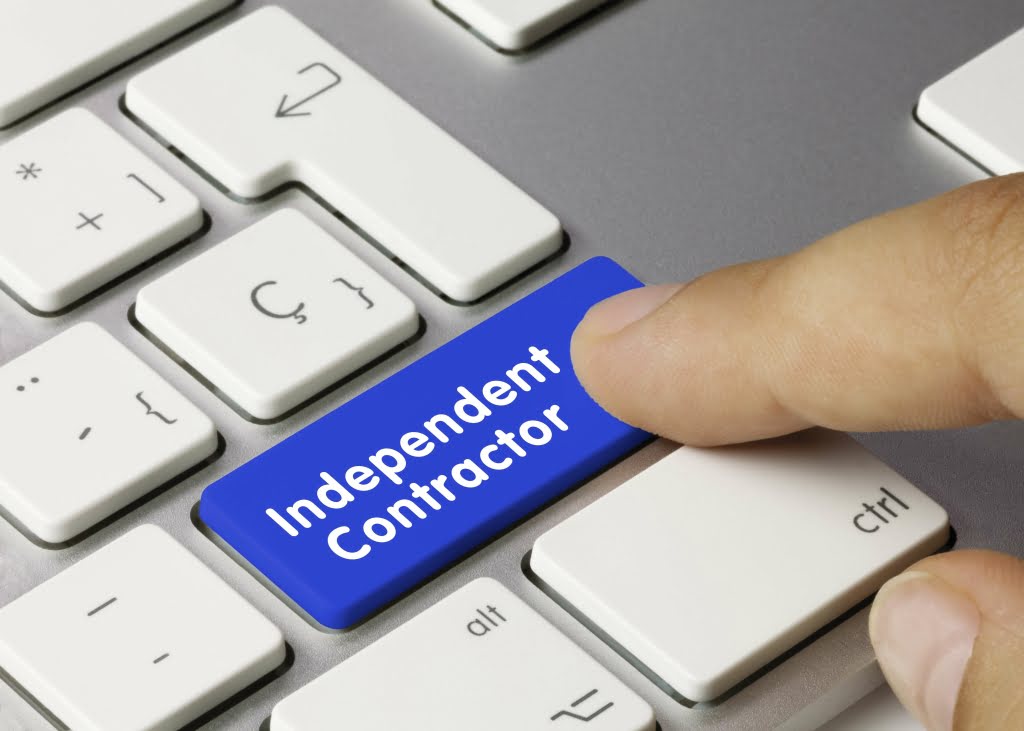
As businesses seek to stay competitive and drive productivity, many are adopting e-Billing solutions to streamline their financial processes. By digitizing invoicing and enabling legal e-billing seamless transactions, e-Billing enhances efficiency, improves accuracy, and reduces operational costs. Self-billing can streamline the invoicing process for both parties involved.

What is e-billing?
There are cybersecurity risks that come along with software solutions, but with the right cybersecurity protections in place, e-billing is a more secure approach for business transactions. Electronic delivery of invoices offers several benefits over traditional paper-based methods, such as faster delivery times, reduced costs, and increased security. Online portals may also offer features such as automatic email notifications and the ability to view previous invoices and payment history. Mobile delivery methods can provide added convenience and accessibility for customers who are frequently on the go. The e-Billing system, also known as electronic billing, is a paperless method of billing that uses electronic means to generate, deliver, and receive invoices and payments.
Transitional Care Management (TCM)
E-invoicing (electronic invoicing) is a type of e-Billing (electronic billing) with a narrower definition or use case. Electronic Accounting for Churches billing speeds up accounts receivable collection time, improving cash flow. Historically, bills have been delivered through the mail by the seller.
Customer Service

Additionally, constantly updating the software to align with regulatory changes is essential to avoid compliance issues. One of the most notable aspects of the Crea y Crece Law is the obligation of interoperability between billing platforms. This means that the different software solutions used by companies must be able to communicate with each other without additional costs for the parties involved.

Encryption and secure transmission protocols

When sending an e-invoice, it must contain all critical information in order to be processed and accepted by the seller. The best practice is to create a uniform e-invoice template and use it time and time again for consistency. Be sure the template includes the date, invoice number, product details, payment amount, tax amount, and any other necessary information. A billing and invoicing system that integrates well allows you to view all necessary data on a centralized dashboard, saving time and reducing the need to switch between systems. E-Bills can be provided with payment links that allow for online payments via credit card, debit card, or direct deposit. This makes it easier for customers to pay, helping in streamlining payments.
- For years, the billing process required businesses to print invoices, send a paper bill in the mail, and wait for a check to come back, often taking weeks at best.
- Asaf specializes in product development for the web, team building and in bringing a company from concept to an actualized unit that is profitable.
- Billing systems must guarantee the integrity, accessibility, readability, and preservation of data throughout the period required by tax regulations.
- An e-Bill, or electronic bill, is a digital version of a paper bill that is sent to customers through electronic means, such as email or a secure online portal.
- The common types of e-billing include email, web-based portals, mobile applications, and electronic data interchange (EDI).
- Like an EDI solution, there are costs involved in purchasing this software.
Compare with different softwares in market
An invoice is just a digital invoice that’s sent to a customer or client. Have you ever opened your email or went on a website, and the service provider gave you the option to go green. FreshBooks has invoicing software that provides each one of these benefits, and then some. It can make your life a whole lot easier and allow you to stay on top of all your invoicing and tracking needs. With billing errors, payment problems, or a security failure, you compromise the trust between your government agency and your constituents. Integrating an electronic billing system into your organization is seamless and convenient.
Times are changing
This process isn’t always smooth, especially when dealing with a deeply established organization that is entrenched in its current systems. But the best e-billing systems make this transition as smooth and streamlined as possible. Billing helps businesses to receive payments from customers and maintain accurate financial records. By following these best practices, businesses can create a seamless and efficient e-billing process that benefits both customers and the organization itself. Another best practice is to offer customers multiple payment options, such as credit cards, e-checks, and mobile payments.
Bill pay software programs automate the steps within the electronic billing process for the supplier and the customer. The paperless invoice captures integrated system pricing data for the items shipped to approved customers or services performed by the service provider. An electronic remittance is sent to the payee once the invoice is processed and approved. The bill pay software includes electronic status notifications within a portal system retained earnings balance sheet or through email notification. Electronic billing (e-Billing) is a method of sending and paying bills electronically, rather than through paper billing processes.
